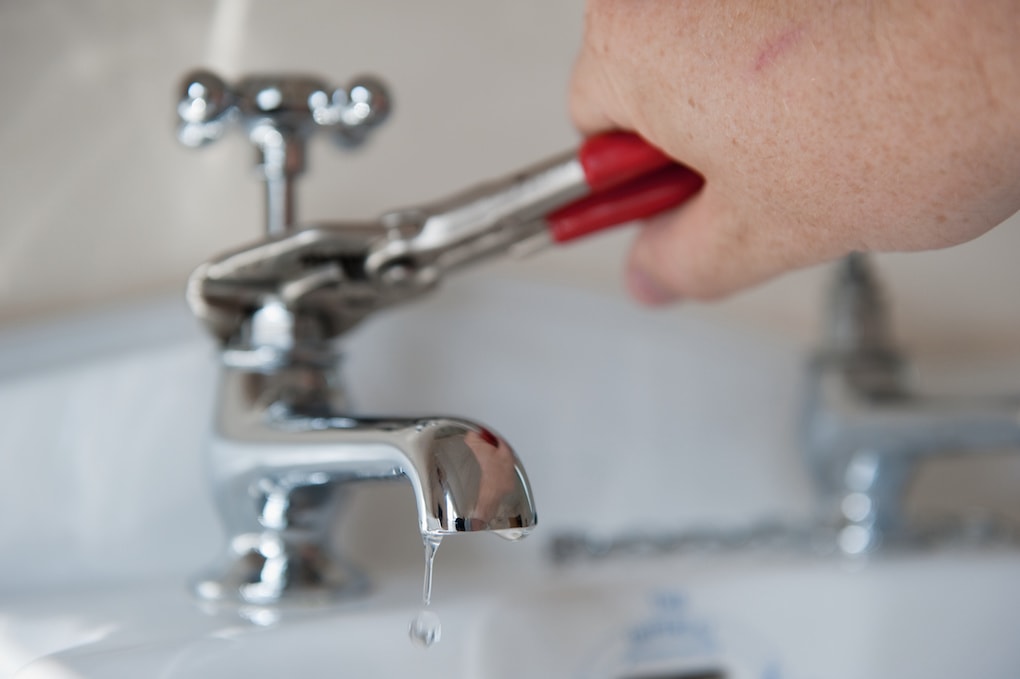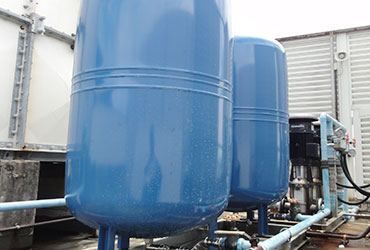My Advice to Rectifying Low Water Pressure in Your Home
My Advice to Rectifying Low Water Pressure in Your Home
Blog Article
Have you been trying to locate details concerning Low Water Pressure in the House??

Low tide pressure in your home can be an aggravating trouble, affecting whatever from bathing to cleaning recipes. If you're experiencing weak water circulation, there are several feasible reasons and options to check out. In this guide, we'll go over common reasons for low water pressure and functional steps to deal with the concern successfully.
Intro to Low Water Pressure
Low tide pressure happens when the flow of water from your taps, showers, and other fixtures is weak than typical. This can make day-to-day tasks extra challenging and less efficient. Recognizing the sources of low water pressure is vital to discovering the best option.
Typical Reasons For Low Water Stress
Faulty Stress Regulators
Stress regulators are responsible for preserving constant water pressure in your house. If they malfunction, it can cause low tide stress or uneven flow throughout the house.
Local Supply Of Water Issues
Sometimes, the issue exists outside your home. Local water issues, such as main line leakages or upkeep job, can temporarily reduce water pressure in your location.
Pipe Obstructions
In time, pipelines can end up being clogged with natural resource, sediment, or particles, restricting the flow of water. This is an usual concern in older homes with galvanized steel pipes.
Deterioration
Corrosion within pipes can cause leaks and lowered water stress. Rust buildup can restrict water flow, especially in maturing plumbing systems.
Exactly How to Identify Low Water Pressure
Checking Pipes
Inspect noticeable pipes for indicators of leakages, deterioration, or clogs. Take notice of any unusual audios, such as banging or rattling pipelines, which could suggest issues within the plumbing system.
Consulting with a Plumber
If you're not able to identify the root cause of low tide pressure, consider hiring an expert plumber to perform an extensive inspection. They can determine underlying concerns and suggest suitable remedies.
Checking Faucets and Components
Beginning by testing the water pressure at different faucets and components throughout your home. If the concern is isolated to details areas, it might suggest local troubles.
Do It Yourself Solutions to Fix Low Water Pressure
Flushing Water Heater
Debris accumulation in the water heater can restrict circulation and minimize efficiency. Flushing the tank regularly helps eliminate debris and keep optimal performance.
Checking Pressure Regulator
Make sure that the stress regulator is working correctly. Readjusting or changing the regulatory authority can assist bring back correct water stress throughout your home.
Cleaning Up Aerators and Showerheads
Natural resources can accumulate in aerators and showerheads, decreasing water circulation. Get rid of and clean up these parts on a regular basis to boost water stress.
Cleaning Clogs in Piping
For minor clogs, attempt using a plumbing serpent or chemical drain cleaner to clear blockages in pipelines. Beware when utilizing chemicals and adhere to security guidelines.
When to Call a Specialist Plumber
If do it yourself initiatives stop working to fix the issue or if you suspect substantial plumbing problems, it's finest to look for assistance from a qualified plumber. They have the competence and tools to address complex issues securely and effectively.
Preventive Measures to Preserve Water Stress
Mounting a Stress Booster
Take into consideration mounting a stress booster pump to enhance water stress in areas with consistently low circulation. This can be especially helpful for multi-story homes or residential or commercial properties with high-demand fixtures.
Tracking Water Use
Bear in mind water usage habits and stay clear of overtaxing the plumbing system. Basic adjustments, such as staggering showers and laundry tons, can aid preserve appropriate water pressure.
Routine Maintenance
Schedule regular upkeep for your plumbing system to avoid concerns such as rust, leaks, and clogs. Resolving small issues early can assist prevent even more significant fixings in the future.
Conclusion
Taking care of low water pressure can be irritating, but recognizing the underlying reasons and executing appropriate options can bring back ideal circulation throughout your home. Whether it's cleaning up aerators, evaluating pipes, or speaking with a plumber, taking aggressive steps can ensure a stable supply of water for your daily demands.
FOUR WAYS TO FIX LOW WATER PRESSURE NOW
Turning on a shower or faucet only to find the water comes out in a sad, slow drizzle is never a good feeling. How exactly are you supposed to wash a pan or take a quick shower when it takes 10 minutes just to rinse off a little soap? The good news is that when your water pressure is bad, there's always a cause: typically one that can be easily fixed. Here are some of the most common causes of low pressure and what you can do to fix the issue:
DEBRIS AND MINERAL DEPOSIT BUILDUPS
If you notice low water pressure from just one or two of the fixtures in your house, the problem likely has to do with debris buildup. Water is full of minerals and other debris, all of which can accumulate in your pipes and on your fixtures. This can cause a blockage that affects how much water flows through. To fix this, try filling a small plastic bag with white vinegar, and use a rubber band to hang it around your showerhead or faucet. Let the head of the fixture soak for a few hours, and the vinegar should loosen the deposits.
WATER LEAKS
Leaks are another common cause of low water pressure. If water is flowing out of your plumbing through a hole or crack before it can reach your fixture, the pressure coming out of the faucet or showerhead will be lower. A plumbing professional is your best bet for finding and repairing a leak in your water supply pipes.
Leaks are another common cause of low water pressure. If water is flowing out of your plumbing through a hole or crack before it can reach your fixture, the pressure coming out of the faucet or showerhead will be lower. A plumbing professional is your best bet for finding and repairing a leak in your water supply pipes.
A VALVE ISSUE
If you have low water pressure throughout your home, check your main shut-off valve to make sure it's completely open. You may also want to see if there's a pressure-reducing valve installed. If there is, have a plumber help you adjust the settings to get the pressure you're looking for.
OTHERS USING WATER
Believe it or not, your low water pressure could be caused by your neighbors. If you notice low pressure at certain times of day, it may be because you and the people living next to you have similar schedules - when everyone is showering at the same time, the pressure will be lower in every home. Low pressure throughout the neighborhood may also be caused by an issue with your municipal water supply. If that's the case, call the supplier to see if they're working on the issue.
https://www.rotorooter.com/blog/water-leaking/low-water-pressure-fixes/

I ran across that post about 10 Reasons for Low Water Pressure in Your House while doing a lookup on the internet. Feel free to set aside a second to share this blog entry if you enjoyed reading it. We enjoy your readership.
Click Here Report this page